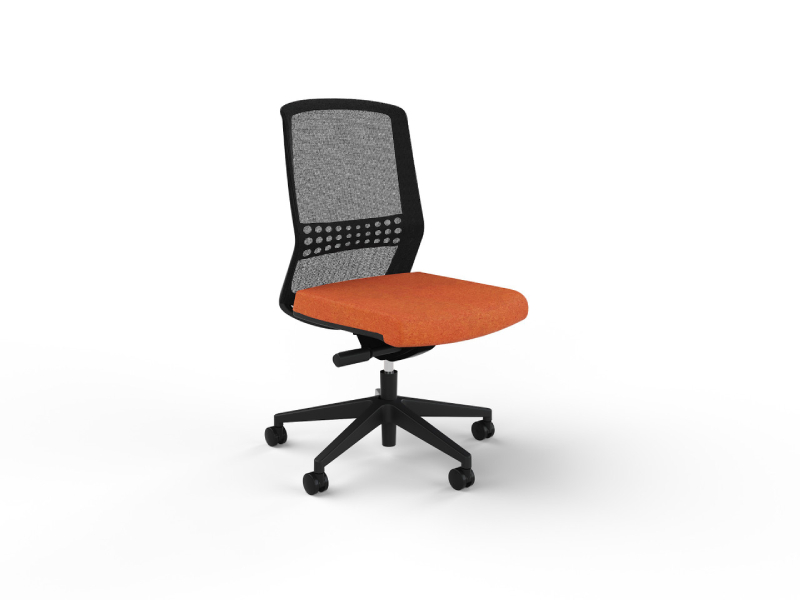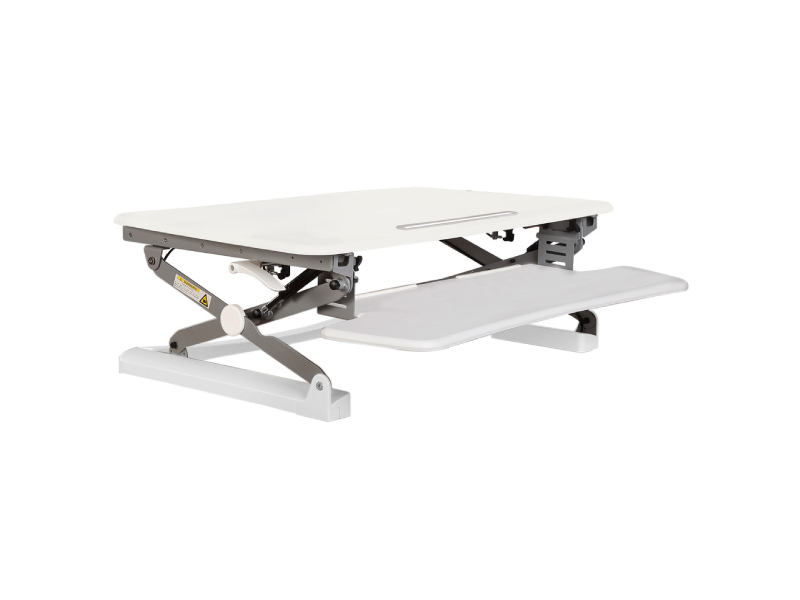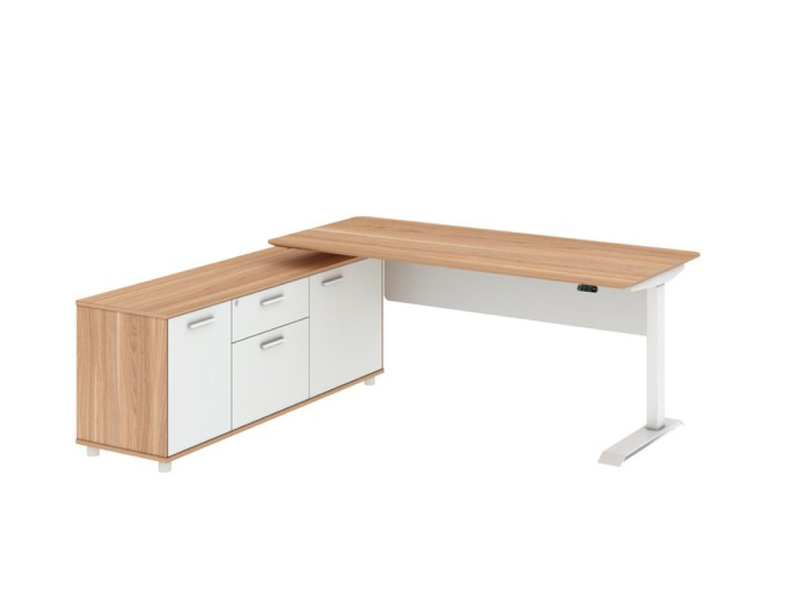Designing a Productive Workspace: A Guide to Ergonomic Office Furniture
Posted by The Urban Hyve Team on 28th Feb 2024
In the contemporary professional landscape, where remote work and long office hours are the norm, creating a workspace that prioritizes both productivity and well-being is crucial. The cornerstone of a productive workspace lies in the careful selection of ergonomic office furniture. This guide explores the significance of ergonomic design and also provides insights into choosing the right furniture to enhance your work environment.
Understanding Ergonomics
Ergonomics, derived from the Greek words "ergon" (meaning work) and "nomoi" (meaning natural laws), is the science of designing and arranging items to optimize human well-being and overall system performance. In the context of office furniture, ergonomics involves creating items that fit the human body's natural contours, promoting comfort, efficiency, and health.
The Impact of Ergonomic Office Furniture on Productivity
1. Comfort Equals Productivity
Comfort is not just a luxury; it is a necessity for sustained productivity. Ergonomic chairs with adjustable features, such as lumbar support, armrests, and height, ensure that your employees or you (if you're working from home) can work for extended periods without discomfort.
2. Reducing the Risk of Musculoskeletal Disorders
Poorly designed office furniture can contribute to musculoskeletal disorders (MSDs) such as back pain and carpal tunnel syndrome. Ergonomic furniture minimizes these risks by promoting natural body movements as well as reducing strain on the joints.
3. Enhanced Focus and Concentration
Uncomfortable or ill-fitted furniture can be a constant distraction. Ergonomic design fosters an environment where individuals can focus on their tasks without the distraction of discomfort, therefore, leading to increased concentration and productivity.
Key Features of Ergonomic Office Furniture
1. Adjustability
Choose furniture that can be adjusted to accommodate different body types as well as work requirements. Adjustable chairs, desks, and monitor stands allow individuals to personalize their workspace.
Quick Riser - Height Adjustable Sit Stand Desk
2. Proper Lumbar Support
Adequate lumbar support is essential for maintaining the natural curve of the spine. Ergonomic chairs provide support to the lower back, thus reducing the risk of back pain.
3. Correct Desk Height
The height of your desk should allow you to work comfortably without straining your wrists or shoulders. Adjustable desks are an excellent solution for achieving the correct height.
4. Keyboard and Mouse Placement
An ergonomic workspace ensures that the keyboard and mouse are at a height that allows your arms to rest comfortably. This helps prevent conditions such as carpal tunnel syndrome.
5. Monitor Positioning
Position your monitor at eye level to reduce strain on the neck. Adjustable monitor stands or mounts can also help achieve the optimal position.
6. Cable Management
An organized workspace is a productive one. Ergonomic furniture often includes features for efficient cable management, preventing clutter as well as potential hazards.
Tips for Selecting Ergonomic Furniture
1. Test Before Purchase
If possible, test ergonomic furniture before making a purchase. Sit in chairs, adjust desks, and ensure that the furniture meets your comfort requirements.
Potenza Height Adjustable Executive Desk with Side Cabinet
2. Consider the Nature of the Work
Different roles may require different types of ergonomic furniture. Consider the nature of the work performed when selecting furniture for specific roles.
3. Invest in Quality
Ergonomic furniture is an investment in health as well as productivity. Opt for high-quality, durable pieces that will withstand long hours of use.
4. Employee Involvement
If selecting furniture for an office setting, then involve employees in the decision-making process. Their feedback can provide valuable insights into their comfort needs.
The Future of Ergonomic Design
As technology advances, so does the potential for innovative ergonomic design. The future may see the integration of smart technology into office furniture, thus allowing for personalized adjustments based on an individual's preferences and work habits.
In Conclusion
Creating a productive workspace goes beyond aesthetics since it involves thoughtful consideration of how the environment supports the well-being and efficiency of those who inhabit it. Ergonomic office furniture is a key element in this equation, offering a range of benefits that extend from enhanced comfort to improved focus and productivity. By understanding the principles of ergonomics and incorporating them into your workspace design, you're not just investing in furniture; you're investing in the health as well as success of those who utilize it. Designing a productive workspace with ergonomic office furniture is a strategic move that pays dividends in the form of a motivated, healthy, and also high-performing team or individual.













